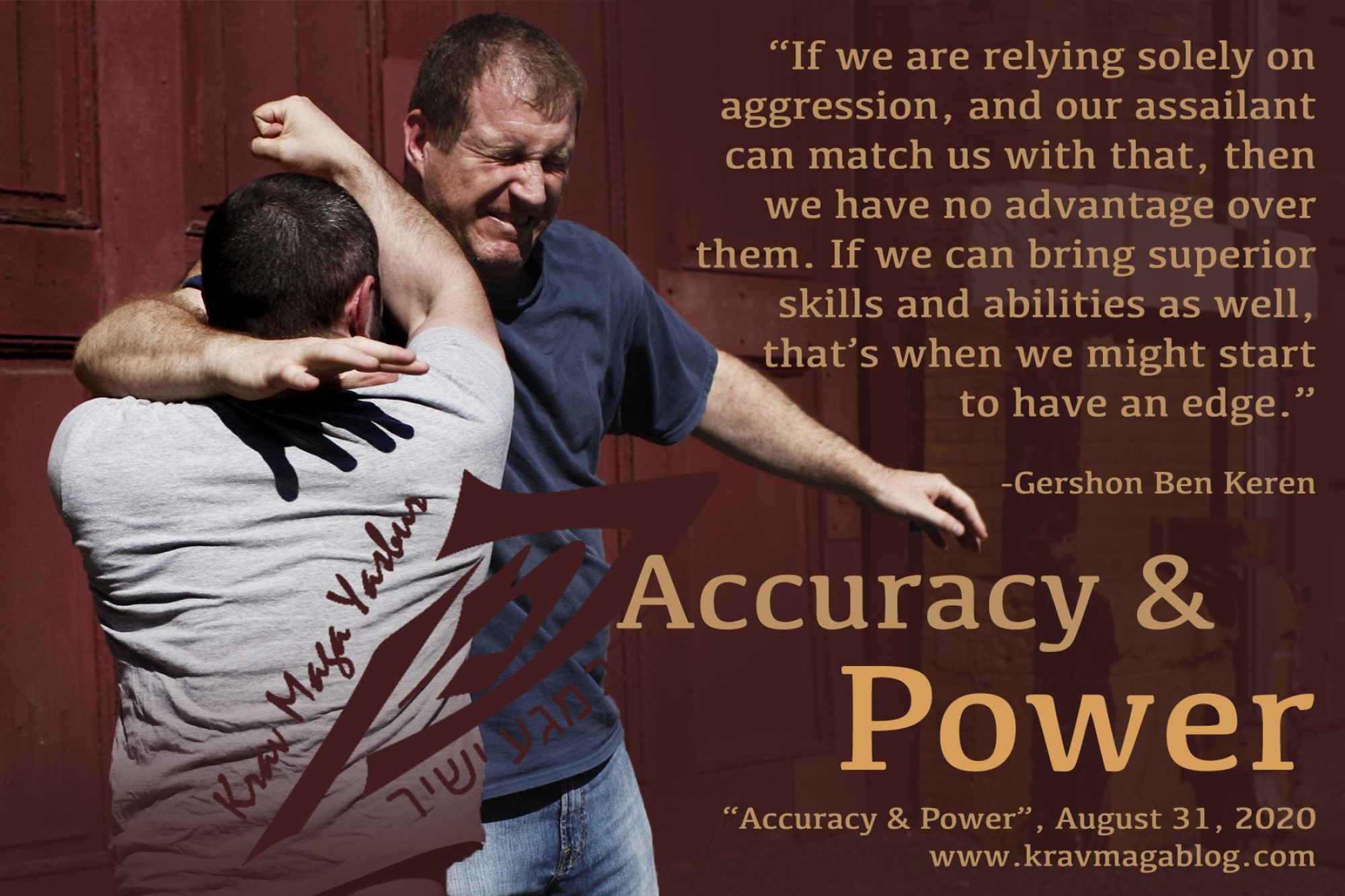Home Invasion (Part 1), is an article written by Gershon Ben Keren, a 5th Degree Black Belt in Krav Maga, who teaches Krav Maga in Boston, MA. He has also authored three Amazon best-Selling Books on Krav Maga.
Every 6 weeks, our school puts on a seminar, that focuses on a particular situation or type of violence, such as active shooter incidents, mugging and street robbery scenarios etc. Last Saturday, we conducted a Home Invasion seminar, looking at Home Invasion Robberies (HIR), and Home Invasion Homicides (HIH). Although these types of crime may not be the most common in the US, compared to a country such as South Africa, they are on the increase, especially within certain populations (the elderly, certain immigrant communities etc.), and despite the fact that we may not see ourselves as prime targets for such crimes, the criminals who commit these acts, may think otherwise.
This is a two-part blog piece, with this article looking at and describing what a Home Invasion is and isn’t, and the motivations and profiles of those who commit them, with the second part looking at how Home Invasions occur, and what we can do to prevent them.
Although the first use of the term “Home Invasion”, occurred in a Washington Post article in 1925, it was in the 1970’s and 80’s that the term started to become associated with a specific type of crime. Originally it was used to describe the activities of the “Cocaine Cowboys”, in Southern Florida, who would forcibly enter rival gangs’ houses, and steal their drugs, using extreme violence to subdue anyone who was in the property at the time; sometimes taking them hostage, and stealing their personal items, such as credit cards, cash, etc. as well. Other criminals then started to copy this method, applying it to and targeting ordinary citizens, and their residential properties.
It is worth noting that although we all know what a Home Invasion is, there is no actual legal definition that matches our understanding, rather a Home Invasion comprises of a number of individual criminal acts that include, breaking and entering, trespass, assault and battery, robbery, etc. Certain States in the US are trying to move towards a singular definition of this particular type of crime, however it is difficult to come up with a comprehensive and extensive enough definition, that would cover all types of Home Invasion.
It’s important to distinguish between accidental/incidental Home Invasions, and those that are planned (and in many cases rehearsed), and fit the true definition of a Home Invasion Robbery. Sometimes the media, will refer to burglaries that have gone wrong, as being Home Invasions e.g. home owners returning to their property, whilst a burglary is taking place etc. This is misleading, as burglary is a stealth crime, and those committing it don’t want to have to deal with other individuals, whereas those committing Home Invasions are deliberately looking to confront the property owners. Many stealth crimes have a confrontational equivalent e.g. a pickpocket wants to acquire a wallet by stealth, a mugger wants to acquire it through confrontation, a criminal who breaks into parked cars and steals them doesn’t want a confrontation, whereas a Car-Jacker does, etc. The makeup and profile of individuals who commit stealth crimes, is very different to those that confront their victims, and demonstrate a preparedness to use force and violence. A burglar may use violence if no easy escape option is available, but generally they will prefer to not have to resort to violence, this is not true of those criminals who engage in Home Invasions.
The biggest deterrents to a burglar, are signs of occupancy (which is why most burglaries happen during the day, when people are at work), whereas for those committing Home Invasions, occupancy is one of the required components. This is why most Home Invasions will happen during the evening or on weekends, when people are at home – in certain immigrant communities where a family member might be left at the property to act as security, the Home Invasion may be more likely during the daytime. This also applies to the elderly, who may also spend more time at home during the day.
There are a number of reasons why a criminal may engage in a Home Invasion (as opposed to burglary), and some of these are described below. A criminal may know, or have a good reason to believe, that a house is a prime target in terms of the value of the assets that it may contain, but may lack the technical sophistication to disable the house’s alarm system. Because of this, they may determine that the easiest way to get their hands on these valuables, is to “break in” when the homeowner is in, and the alarm is disabled. It could be that they don’t know the location of all of the items/assets of worth, and will need the home owner to retrieve them. If there is a safe, they will need the homeowner to open it for them. This is why in most Home Invasions, the first seconds and minutes, involve extreme violence, both in the form of verbal threats and physical punishment. Those committing the invasion want to make the occupants compliant and non-resistant, as quickly as possible, and the easiest way to do this is to take away any “fight” that they may have. It is not uncommon if children are present, for them to be threatened in order for parents to acquiesce to the criminal’s demands.
In some cases, the Home Invasion, may be less about the robbery and the acquiring of goods, and more about the violence meted out against the occupant(s). A Home Invasion may occur as an act of retribution e.g. if a daughter’s boyfriend has started to physically abuse her, her family members may conduct a Home Invasion against them as a form of punishment. It could also be that an estranged partner returns to their ex-partner’s house in a rage, to retrieve/collect items that once belonged to them. These situations may not seem to be common examples of Home Invasions, however certain studies have shown that in 72% of Home Invasions, the victims knew their aggressors, and in many cases didn’t even report the incident – due to the fact that they may have been guilty of criminal activity themselves, or feared further retribution, etc. There may also be secondary motivations to a Home Invasion, including rape and sexual assault; once a person is in your house, and has subdued all the occupants, they are not restricted by time, in the same way that they would be if they were committing a crime in a public place.
There are several advantage that criminals who commit Home Invasions have over those who commit burglaries. One is that there is little risk of being disturbed whilst they rob the property, as they will already be with the occupants. Another is that they will also be able to steal credit cards and cash from the occupants themselves. If a criminal is committing a Home Invasion as part of a group, one may be sent out to ATM’s, possibly in the home owner’s car, to withdraw money, whilst the other(s) continue to steal property and keep the occupants under control. The car may also be used to transport any stolen goods, to another vehicle which is parked at a distance away from the property, so that it won’t be associated with it.
When we look at the profile of those who commit Home Invasions, they are largely committed by young, unemployed and uneducated men, who usually work in groups and specialize in these types of crime – and in many cases, as has been stated, rehearse them. It is also estimated that around 21% of armed robbers who normally target commercial properties have engaged in a Home Invasion at least once in their criminal career. When we consider these things, we should begin to understand that we are dealing with a more committed and specialized type of criminal, than your average mugger or pickpocket, etc. and one that is not afraid to use extreme violence against us.
In the next blog article, I will look at the different methods of entry that criminals engaging in Home Invasions use, and how the risks of being targeted and falling victim to such a crime can be mitigated and reduced.
0 COMMENTS














